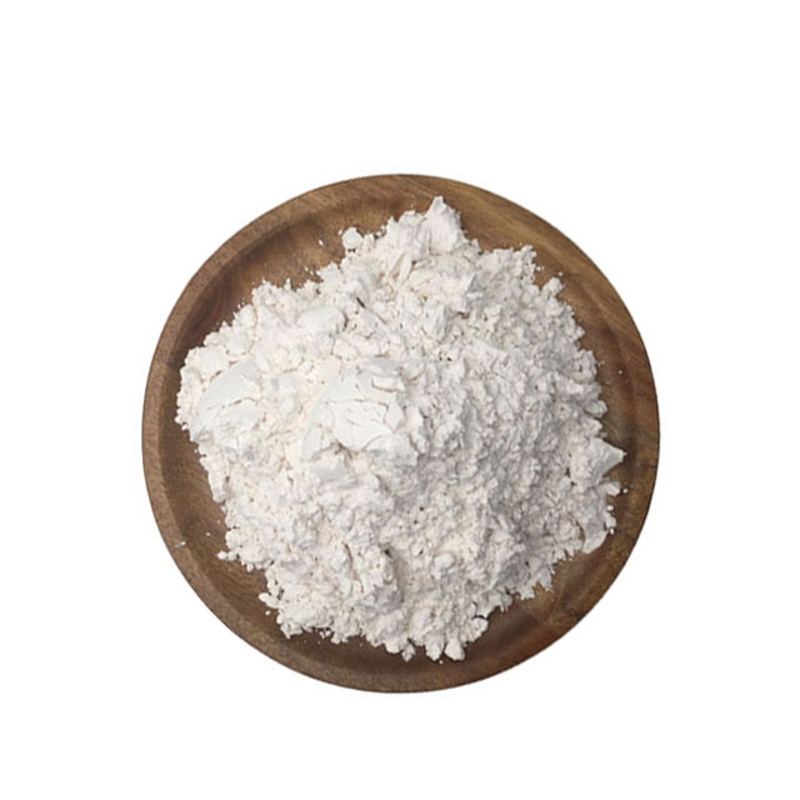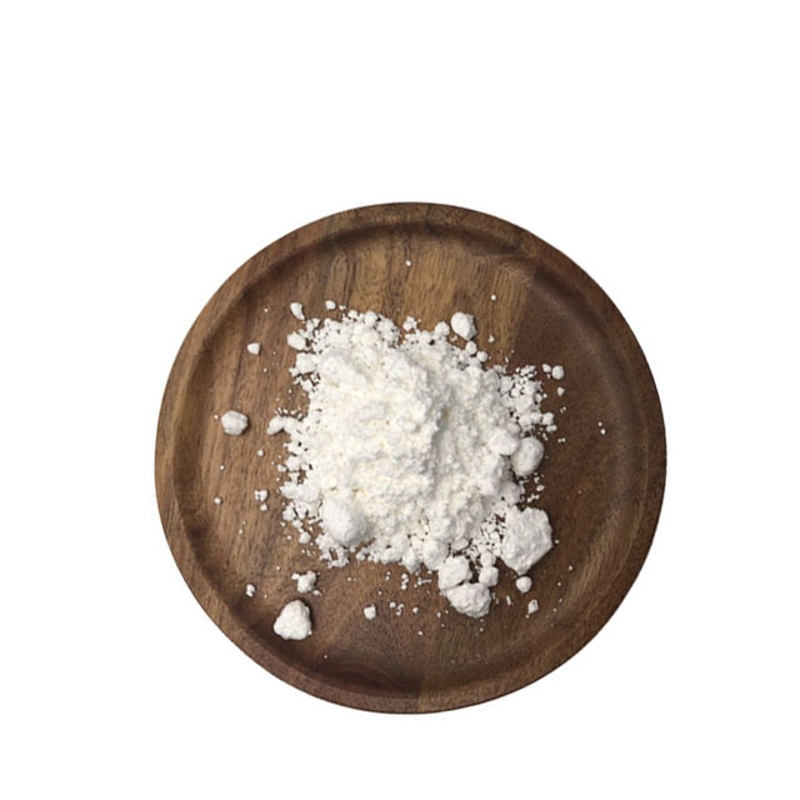-
Categories
-
Pharmaceutical Intermediates
-
Active Pharmaceutical Ingredients
-
Food Additives
- Industrial Coatings
- Agrochemicals
- Dyes and Pigments
- Surfactant
- Flavors and Fragrances
- Chemical Reagents
- Catalyst and Auxiliary
- Natural Products
- Inorganic Chemistry
-
Organic Chemistry
-
Biochemical Engineering
- Analytical Chemistry
- Cosmetic Ingredient
-
Pharmaceutical Intermediates
Promotion
ECHEMI Mall
Wholesale
Weekly Price
Exhibition
News
-
Trade Service
The first new coronavirus mutant strains B.
1.
1.
7 and B.
1.
351 discovered in the United Kingdom and South Africa continue to spread rapidly in Europe and the United States.
Can the various new coronavirus vaccines designed and developed against wild virus strains effectively prevent and control these mutant strains? Development has attracted the attention of all countries.
According to CCTV News Client and other reports, at a press conference held on March 28 for the Joint Prevention and Control Mechanism of the State Council, a vice president of Sinopharm Group China Biotech stated that "there is no concern for the virus strains found in South Africa and the United Kingdom.
" Experiments with multiple strains showed that "neutralizing antibodies produced by inactivated vaccines have a good neutralizing effect on these strains.
"
The general manager of Beijing Kexing Zhongwei Biotechnology Company stated that "the overall antibody level of the Wuhan strain and the British strain are basically the same, but the situation of the South African strain is somewhat different.
"
Early this morning, the "New England Journal of Medicine" (NEJM) published papers from the Institute of Microbiology and Epidemiology of the Chinese Academy of Military Medical Sciences and the Texas Center for Disease Control and Prevention, which specifically described the effects of two domestic vaccines on B.
1.
1.
7 and B.
1.
351.
Neutralizing antibody test results of mutant strains.
The author believes that the neutralizing activity of the vaccinated sera has no significant change to B.
1.
1.
7, while the neutralizing activity of the two vaccinated sera to B.
1.
351 is 30% to 50% of that of the wild type.
It should be emphasized that the relationship between the level of neutralizing antibodies and the actual protective efficacy of the vaccine is not yet clear.
This study highlights the importance of continuous monitoring of virus mutant strains.
Susceptibility of Circulating SARS-CoV-2 Variants to Neutralization Wang GL, Wang ZY, Duan LJ, et al.
DOI: 10.
1056/NEJMc2103022 Two SARS-CoV-2 After the emergence of mutant strains (B.
1.
1.
7 in the UK and B.
1.
351 in South Africa), people are worried that they may escape the body's immunity formed by previous infections or vaccination.
In order to determine the resistance of these variant strains to the neutralization induced by infection or vaccine, we prepared a spike protein containing Wuhan-1 reference strain (wild type), D614G mutation, B.
1.
1.
7 or B.
1.
351 variant strain SARS-CoV-2 pseudoviruses, these pseudoviruses are based on recombinant vesicular stomatitis virus.
(For detailed information about the recombination process, please see the supplementary appendix.
The supplementary appendix and the original text of this article are available at NEJM.
org.
) Subsequently, we collected convalescent serum from 34 recovered patients 5 months after infection with Covid-19 and obtained them from the vaccination period.
Two doses of inactivated vaccines (BBIBP-CorV [National Medicines] or Kellyford [] vaccines made in China) [1,2] After 2 to 3 weeks, 50 participants collected sera and used these sera to evaluate false Virus resistance to neutralization (Table S1 in the Supplementary Appendix).
We first measured the serum neutralizing antibody titers against wild-type pseudoviruses.
Similar geometric mean titers (GMT) were observed in the serum of convalescent patients and vaccinators (Figure 1A), which suggests that after two doses of vaccines , BBIBP-CorV and Kellyford vaccines induce low levels of antibody responses [1,2].
It is worth noting that in 4 out of 34 convalescent serum samples, 6 out of 25 BBIBP-CorV serum samples, and 4 out of 25 Kellyford serum samples, the neutralizing antibody titers were unmeasurable .
We next evaluated the neutralizing activity of convalescent serum and vaccinated sera against D614G, B.
1.
1.
7, and B.
1.
351 mutants compared with the neutralizing activity of wild-type pseudovirus.
Compared with the neutralizing effect of wild-type virus, the neutralizing effect of the convalescent serum against D614G pseudovirus was significantly enhanced (2.
4 times; 95% confidence interval [CI], 1.
9~3.
0), against the B.
1.
1.
7 mutant strain The neutralizing efficacy of B.
1.
351 pseudovirus was similar, and the neutralizing efficacy of B.
1.
351 pseudovirus was significantly reduced (0.
5-fold; 95% CI, 0.
4-0.
7) (Figure 1B).
In addition, 9 out of 30 convalescent serum samples completely lost neutralizing activity to B.
1.
351.
In the serum samples of BBIBP-CorV vaccine recipients, although the neutralizing antibody GMT against the mutant strain was not significantly different from the GMT against the wild-type virus, 20 serum samples completely or partially lost the neutralizing activity against B.
1.
351 (Figure 1C).
In the serum samples of Kerrlive vaccine vaccinators, we observed that B.
1.
1.
7 (0.
5 times; 95% CI, 0.
3 to 0.
7) and B.
1.
351 (0.
3 times; 95% CI, 0.
2 to 0.
4) The serum neutralizing antibody GMT was significantly reduced.
In addition, most serum samples completely or partially lost the neutralizing activity of B.
1.
351 (Figure 1D).
Figure 1.
Neutralizing activity of convalescent serum and vaccinated serum samples against SARS-CoV-2 pseudovirus.
Figure A shows the convalescent serum of 34 recovered patients about 5 months after being infected with SARS-CoV-2, and 2~3 after the second dose of vaccine (BBIBP-CorV or Kellyf vaccine) In the sera of 50 vaccinators in the week, the neutralization titer of half of the SARS-CoV-2 pseudovirus containing Wuhan-1 (wild-type) spike protein and based on recombinant vesicular stomatitis virus (pVNT50) ).
The box plot shows the median and interquartile range (IQR); the whisker line represents 1.
5 times the IQR.
Figure B shows the changes in serum pVNT50 against D614G, B.
1.
1.
7 and B.
1.
351 mutants in 34 convalescent serum samples compared with wild-type virus.
Figure C and Figure D respectively show that in the serum samples of 25 BBIBP-CorV vaccinators and 25 Kellyford vaccinators, compared with the wild-type virus, it is against D614G, B.
1.
1.
7 and B.
1.
The change of pVNT50 of the 351 variant.
Compared with the wild-type virus, the geometric mean titer change and 95% confidence interval (CI) of pVNT50 titer are displayed below the P value.
The figure only shows P values less than 0.
05 (indicating reaching significance).
Each data point is the average of repeated measurements.
In each figure, the horizontal dashed line represents the lower limit of detection (titer, <30); this limit of detection is designated as 10 in the calculation of the geometric mean and is considered seronegative.
The calculations in all figures were performed using the two-sided Kruskal–Wallis test after correction for the false discovery rate.
The results of this study suggest that B.
1.
1.
7 has almost no resistance to the neutralizing activity of convalescent sera or vaccinated sera, while B.
1.
351 is resistant to convalescent sera (2 times) and (inactivated) vaccinated sera (2.
5-3.
3 times) the resistance of neutralizing activity exceeds the resistance of wild-type virus to serum.
Most of the serum samples of vaccinators tested in this study lost neutralizing activity.
This result is consistent with the results of other recent studies on serum neutralizing activity of convalescent serum or mRNA or BBIBP-CorV vaccine vaccinators[3-5] .
The results of this study also highlight the importance of continuous monitoring of the virus and evaluation of the protective efficacy of vaccines in areas where variant strains are endemic.
Reference 1.
Xia S, Zhang Y, Wang Y, et al.
Safety and immunogenicity of an inactivated SARS-CoV-2 vaccine, BBIBP-CorV: a randomised, double-blind, placebo-controlled, phase 1/2 trial.
Lancet Infect Dis 2021;21:39-51.
2.
Zhang Y, Zeng G, Pan H, et al.
Safety, tolerability, and immunogenicity of an inactivated SARS-CoV-2 vaccine in healthy adults aged 18-59 years: a randomised, double-blind, placebo-controlled, phase 1/2 clinical trial.
Lancet Infect Dis 2021;21:181-192.
3.
Huang B, Dai L, Wang H, et al.
Neutralization of SARS-CoV-2 VOC 501Y.
V2 by human antisera elicited by both inactivated BBIBP-CorV and recombinant dimeric RBD ZF2001 vaccines.
February 2, 2021 ( opens in new tab).
preprint.
4.
Liu Y, Liu J, Xia H, et al.
Neutralizing activity of BNT162b2-elicited serum — preliminary report.
N Engl J Med.
DOI: 10.
1056/NEJMc2102017.
5.
Wang P, Nair MS, Liu L, et al.
Antibody resistance of SARS-CoV-2 variants B.
1.
351 and B.
1.
1.
7.
Nature 2021 March 8 (Epub ahead of print).
Copyright information This article is translated, written or commissioned by the editorial department of "NEJM Medical Frontiers".
For translations and articles written from English products under the NEJM Group, the content of the original English version shall prevail.
The Chinese translation of the full text and the included diagrams are exclusively authorized by the Massachusetts Medical Association NEJM Group.
If you need to reprint, please contact nejmqianyan@nejmqianyan.
cn.
Unauthorized translation is an infringement, and the copyright owner reserves the right to pursue legal liabilities.







